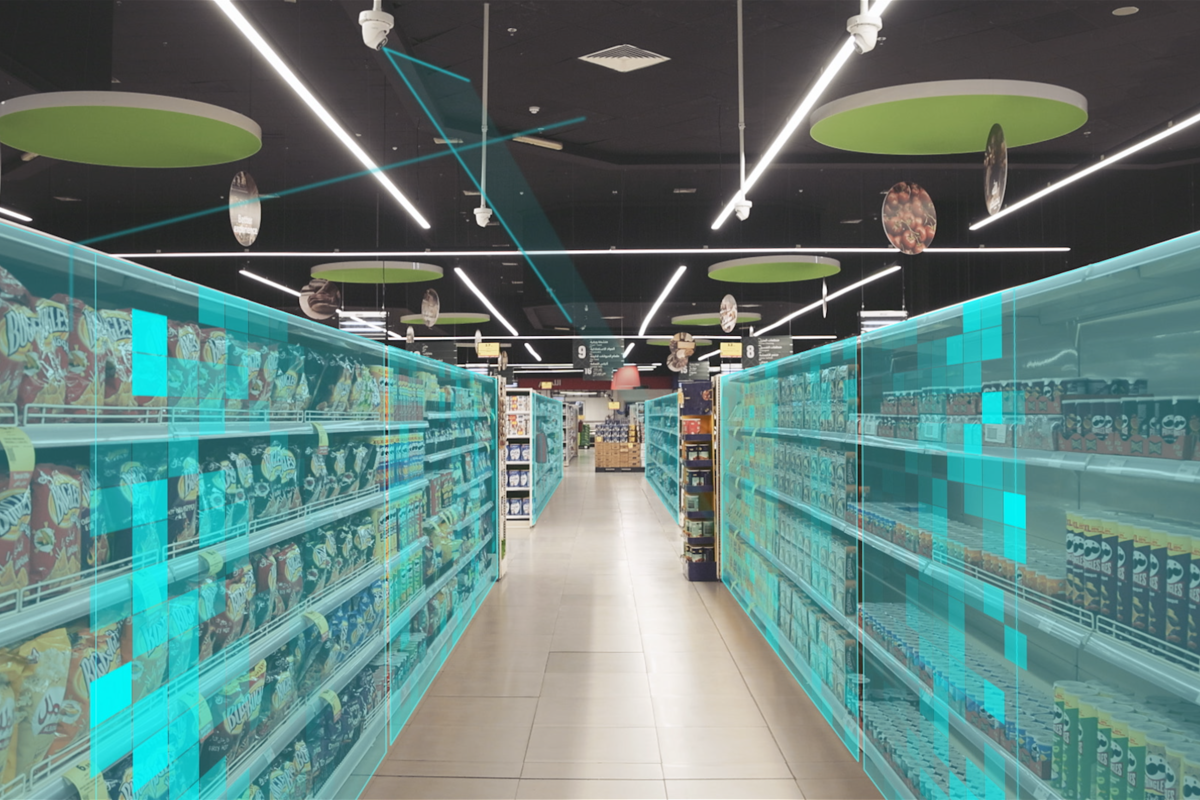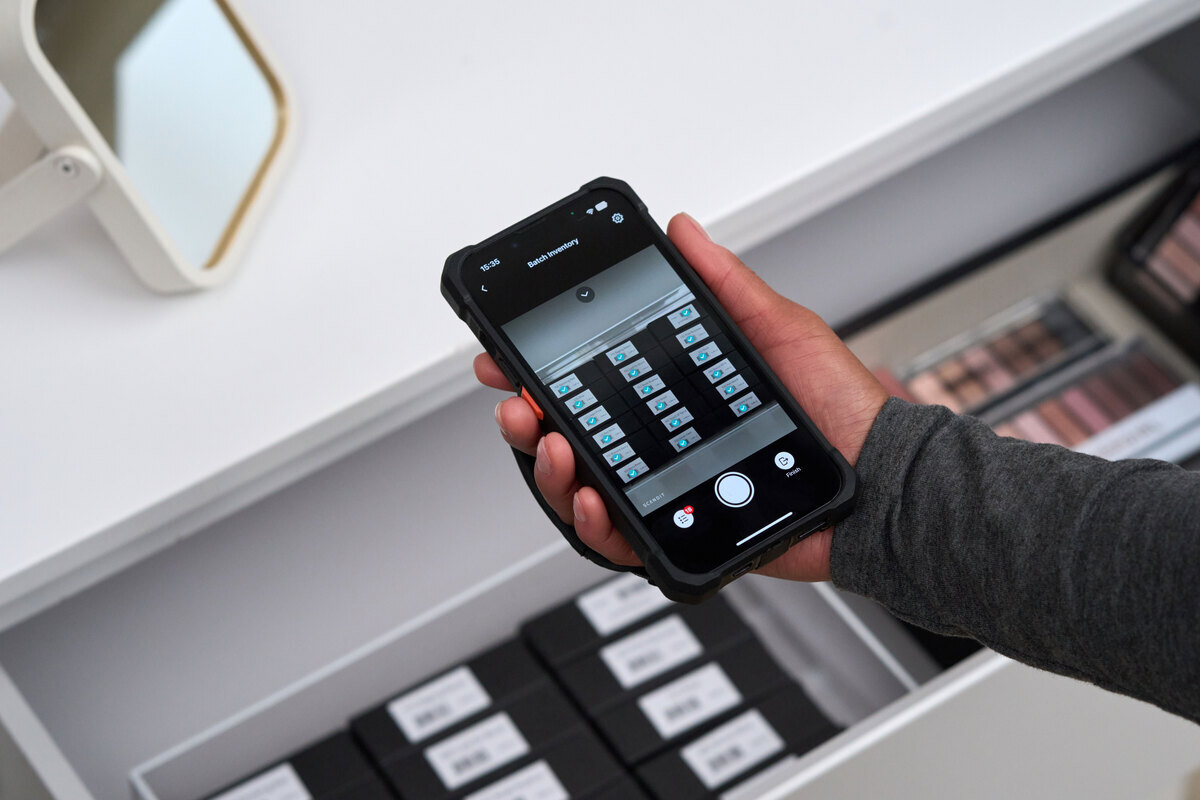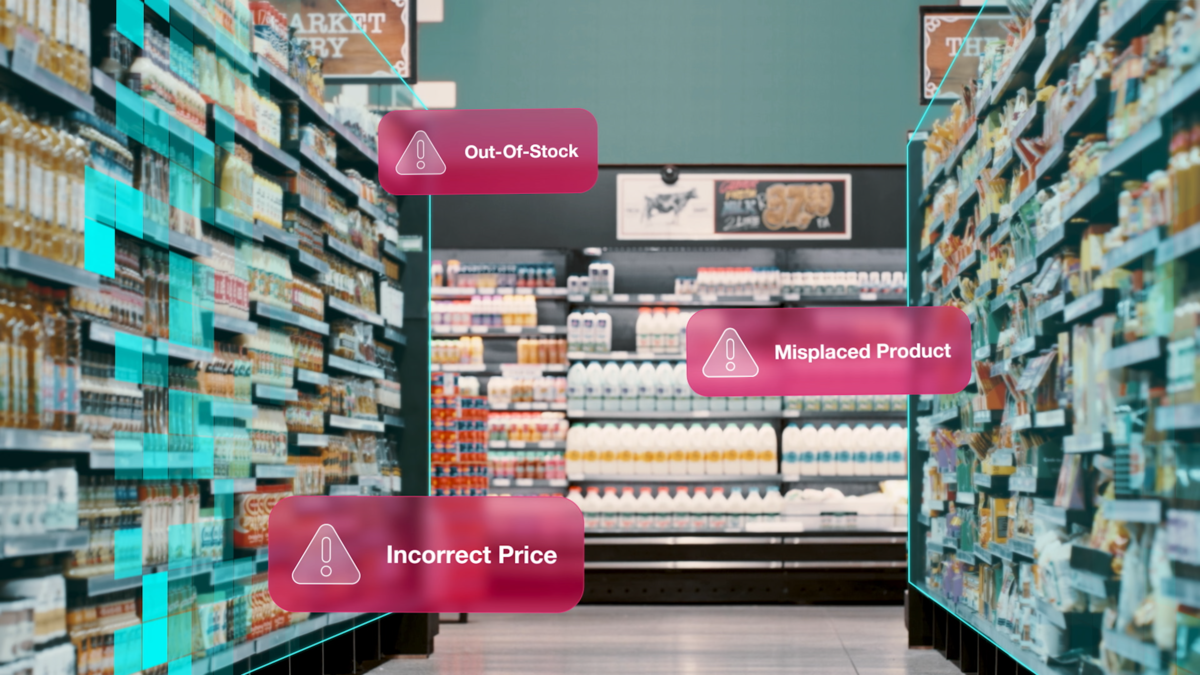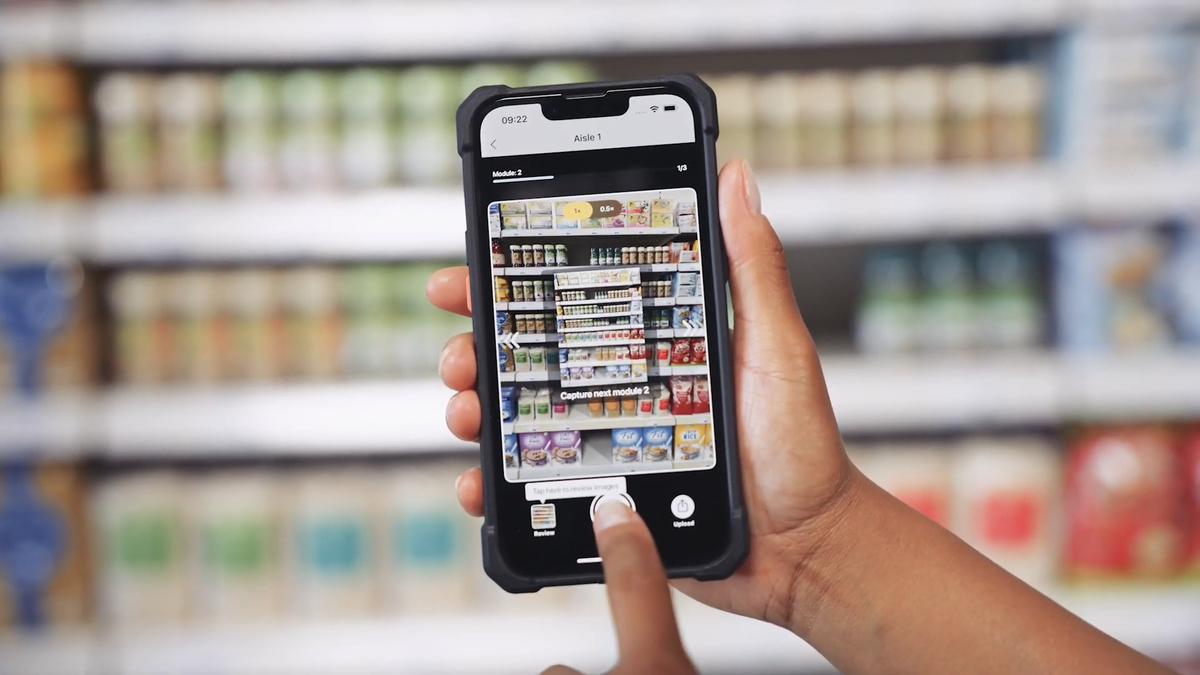The untapped potential of retail automation: where leaders should focus next
Software is driving retail automation, and the shelf is fast becoming the next frontier for growth

Automation’s influence on retail is clear. According to Precedence, the global retail automation market was worth $29 billion in 2024 and is expected to expand at a CAGR of 9.5 per cent over the next 10 years.
Traditional views of automation conjure images of robots fulfilling orders and cashierless kiosks, with significant results possible. Take, for example, major UK department store John Lewis. Its investment in robots for distribution centres generated inventory management efficiency savings of £1 million in the first year and a 50 per cent increase in order picking rates.
However, economic uncertainty and the emergence of AI have triggered an evolution in retail automation strategies. And widespread anticipation is reported among retail executives, with 80 per cent expected to increase their AI-powered automation capabilities in 2025.
A divergent investment pattern
Retailers continue to invest in automation to stay competitive, but their focus is splitting between hardware and software-based solutions.
After a surge in large automation projects, particularly in warehouses and distribution centres, growth tapered in 2024, with warehouse automation slowing by 3 per cent.
Increased scrutiny of return on investment (ROI) has made retailers more cautious about major capital outlays. Still seeking ways to improve margins, they are turning to AI-driven and software-based automation, which typically requires less upfront investment and maximises existing resources.
Shorter implementation timelines, fast time to value, and greater flexibility to adapt to changing market conditions bolster the favourable economics of software-based solutions. Recognising this, retailers increasingly leverage solutions that can be integrated with existing technology stacks.
For example, one major beauty retailer sought to elevate both customer and associate engagement by optimising the use of smart devices and clienteling tools. A key part of this experience involved frequent product scanning, whether to access real-time information or complete mobile point-of-sale transactions. To streamline these interactions, the retailer implemented advanced barcode scanning technology. Thanks to pre-built components, integration was completed in under 10 minutes, accelerating the roll-out.
Motivated by such low investment and high-impact success stories, many retailers have started to shift to a more incremental approach that focuses more on steady improvement rather than wild disruption.
This is a sweet spot for workflow automation with smart data capture. This approach aims to augment human capabilities rather than replace them, and focuses on eliminating the tedious work many store associates encounter during their daily tasks.

Smart data capture and workflow automation
For many retail associates, data capture, such as barcode scanning, is part of many routine yet highly manual processes that consume time and are prone to errors.
Powered by AI-driven software, smart data capture leverages smartphones, handheld computers and tablets to transform and automate such processes by extracting real-time data from barcodes, text, IDs and consumer products. By bridging their digital ecosystem and its physical assets, retailers gain instant insights into their operations, optimising decision-making and streamlining workflows.
A significant portion of workflow automation with smart data capture is focused on inventory management, and multiple large retailers have succeeded in this area. A large office supplies retailer embraced smart data capture-powered smartphones to replace outdated scanning hardware for inventory movement and pricing tasks. This saved thousands of associate hours and led to a 45 per cent hardware cost reduction while ensuring 100 per cent pricing compliance.
While examples such as this illustrate the potential of workflow automation with smart data capture, adding an extra layer of technical sophistication, such as advanced analytics and different data capture methods, can scale results further.
This is especially evident in an area traditionally known as a retail blind spot, and that is still untapped: store shelves. Retailers know when products enter and exit stores, but what happens in between is often guesswork. Greater shelf intelligence transforms retail execution from reactive to proactive.
Shelves are an unrealised opportunity
From our discussions with retailers, we learned that they were surprised to find that their inventory on-shelf availability levels hovered between just 80 and 90 per cent and that planogram compliance was around 60 per cent. Both factors significantly impact revenue.

Automated shelf intelligence solutions have historically faced adoption challenges stemming from implementation complexity, cost considerations and technical limitations. But the technology now stands at a crucial inflection point, with enormous potential that remains relatively unexplored.
Shelf intelligence uses the foundations of smart data capture technology to monitor, analyse and optimise product availability, placement and pricing. Cameras capture shelves, and AI models highlight critical issues, such as missing items, for store associates to address.
Managing physical shelves has remained largely analogue to date, due to the maturity of the technology needed to monitor them effectively. AI isn’t a new toy to experiment with for shelf intelligence. It’s a must, and it must be highly accurate. Advances in computer vision and AI models have reached a point where the desired accuracy levels of SKU recognition and actionable insights are sufficiently high to encourage adoption and drive improved retail outcomes.
Poised for growth
Several business drivers support the availability of technical maturity, which will make shelf intelligence a key retail investment area. Growth rates are expected to exceed 10 per cent from 2025 to 2033.
Ensuring products are available as well as accurately priced, placed and promoted offers huge revenue growth potential for grocers. Tighter inventory management helps to lower costs, while improvements in on-shelf availability can boost store revenue by 2.5 per cent and build customer loyalty. Finally, as environmental concerns rise higher on the agenda for retailers and consumers, shelf intelligence is a proven method to reduce wastage and the spoilage of fresh produce.
With managing capital expenditures wisely more critical than ever, retailers can overcome constraints by leveraging existing infrastructure, such as store associate devices equipped with shelf capture software, to pilot solutions and generate results.

The increasingly popular incremental approach to innovation is very effective in this context. Going beyond store associate devices, automation can be scaled further by incorporating fixed cameras and autonomous robots, creating a flexible hybrid data capture solution. This approach is well-suited for goods that require frequent updates and can accommodate various store sizes and formats.
For 2025 and beyond
Propelled by the need to stay agile and manage costs, automation is retail’s current must-have.
Looking ahead, the automation journey will take a new route to focus on smarter, more cost-efficient technologies that support strategic direction and financial discipline.
Among the many innovations reshaping retail, shelf intelligence stands out for its immediate, measurable impact on operational efficiency and sales, all without requiring a significant initial investment. As technologies mature and implementation becomes more seamless, the economic case for shelf intelligence continues to strengthen, with market leaders proving its value and setting new benchmarks for success.
Retailers who act now will improve their bottom line and position themselves at the forefront of a smarter, more responsive retail future.
Scandit is the leader in smart data capture, giving superpowers to workers, customers and businesses by providing actionable insights and automating end-to-end processes. For more information, visit scandit.com
Samuel Mueller, CEO and Co-Founder, Scandit

Business Reporter Team
You may also like
Most Viewed
Winston House, 3rd Floor, Units 306-309, 2-4 Dollis Park, London, N3 1HF
23-29 Hendon Lane, London, N3 1RT
020 8349 4363
© 2025, Lyonsdown Limited. Business Reporter® is a registered trademark of Lyonsdown Ltd. VAT registration number: 830519543





